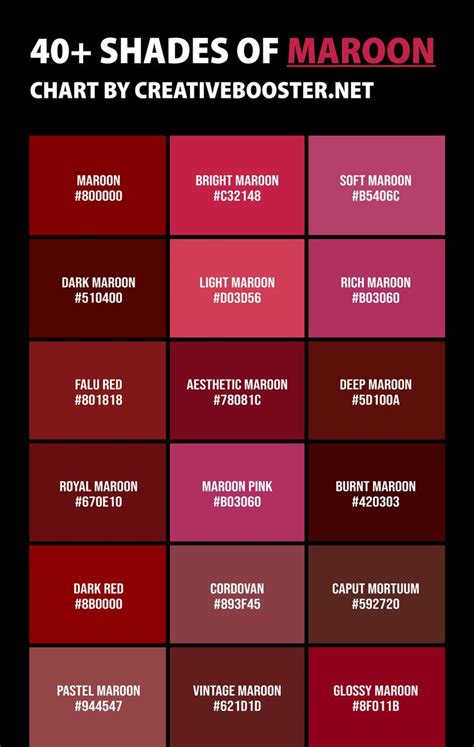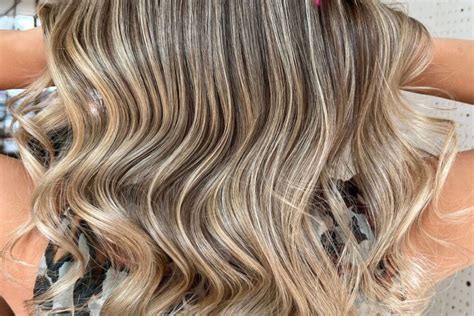Introduction
Balayage, a French hair coloring technique, has taken the beauty world by storm. With its natural, sun-kissed look, balayage has become a popular choice for those seeking a low-maintenance yet stylish hair transformation. However, when it comes to balayage, there are two main options: partial and full. This comprehensive guide will delve into the differences between balayage partial and full, exploring their unique characteristics, pros, and cons to help you make an informed decision for your next hair appointment.

1. What is Balayage Partial?
Balayage partial involves strategically placing highlights only on certain sections of hair, typically around the face, crown, or ends. This technique creates a subtle, natural-looking effect that mimics the sun’s rays. Parital balayage is ideal for those who want to add depth and dimension to their hair without a dramatic change.
2. What is Balayage Full?
Balayage full, in contrast to partial balayage, involves applying highlights throughout the entire head of hair. This technique results in a more dramatic, head-turning look that can drastically alter your overall appearance. Full balayage allows for greater versatility in terms of color placement and intensity.
3. Pros and Cons of Balayage Partial vs. Full
Balayage Partial:
Pros:
- Natural-looking: Creates a subtle, sun-kissed effect.
- Low-maintenance: Requires less upkeep than full balayage.
- Suitable for all hair types: Can complement any hair texture and color.
Cons:
- Less dramatic: Provides a gradual color change rather than a stark transformation.
- May not be suitable for drastic alterations: If you desire a drastic color change, full balayage may be a better option.
Balayage Full:
Pros:
- Dramatic transformation: Offers a more noticeable color change.
- Versatile: Allows for various color placement and intensity.
- Great for correcting color mistakes: Can help blend uneven or unwanted color.
Cons:
- Higher maintenance: Requires regular touch-ups to maintain vibrancy.
- Can be damaging: Involves applying bleach or color to more hair.
- Not suitable for all hair types: May not be ideal for fine or damaged hair.
4. Which Balayage Technique is Right for You?
The decision between balayage partial and full ultimately depends on your individual preferences and hair goals. Consider the following factors:
- Desired look: Partial balayage is suitable for a natural, subtle look, while full balayage offers a more dramatic transformation.
- Hair type: Partial balayage is gentler on fine or damaged hair, while full balayage may be more suitable for healthy, thick hair.
- Maintenance: Partial balayage requires less maintenance, while full balayage demands regular touch-ups.
- Budget: Full balayage typically costs more than partial balayage due to the increased time and materials required.
5. Common Mistakes to Avoid
To ensure a successful balayage experience, it’s crucial to avoid these common mistakes:
- Over-processing hair: Avoid over-bleaching or coloring your hair, as this can lead to damage and breakage.
- Inappropriate color placement: Ensure that the balayage highlights are placed strategically to create a flattering and natural-looking effect.
- Not using a professional hairstylist: Balayage is a complex technique that requires a skilled hairstylist to achieve optimal results.
- Neglecting aftercare: Balayaged hair requires proper care and maintenance to preserve its health and vibrancy.
6. Why Balayage Matters
Balayage has revolutionized hair coloring by offering a range of benefits:
- Natural-looking results: Mimics the sun’s natural highlighting effect, creating a seamless blend of colors.
- Low maintenance: Requires less frequent touch-ups compared to traditional hair coloring techniques.
- Versatile: Can be customized to suit any hair texture, color, and desired look.
- Corrective benefits: Can help blend or correct uneven or unwanted hair color.
- Hair health: By applying highlights only to specific sections of hair, balayage minimizes damage to the overall hair health.
7. Benefits of Balayage
In addition to its aesthetic benefits, balayage also offers several advantages:
- Face-framing: Balayage highlights around the face can accentuate features and create a more youthful appearance.
- Dimensional color: Adds depth and dimension to hair, giving it a more vibrant and dynamic look.
- Customized to skin tone: Balayage color can be tailored to complement different skin tones and undertones.
- Easy to style: Balayaged hair is versatile and easy to style, as the colors blend seamlessly.
- Time-saving: Requires less time in the salon compared to traditional full-head coloring techniques.
8. FAQs
1. How long does balayage take?
The duration of a balayage treatment varies depending on the length and thickness of the hair, as well as the desired technique and color application. Partial balayage typically takes 2-3 hours, while full balayage may take 4-6 hours or longer.
2. How much does balayage cost?
Balayage cost can vary widely depending on factors such as the experience of the stylist, the salon location, and the length and thickness of the hair. Partial balayage typically costs between $150-$300, while full balayage can range from $300-$600 or more.
3. What is the difference between balayage and ombré?
While balayage and ombré are both hair coloring techniques that create a gradient effect, they differ in their application. Balayage focuses on hand-painted highlights, resulting in a more natural and seamless blend. Ombré, on the other hand, involves blending two or more colors vertically, creating a more defined and intentional contrast.
4. Can balayage be done on all hair types?
Balayage is a versatile technique that can be applied to most hair types, including thin, thick, curly, and straight hair. However, it may not be ideal for extremely damaged or fragile hair that is prone to breakage.
5. How often should I get balayage touch-ups?
The frequency of balayage touch-ups depends on factors such as the desired look, hair growth rate, and color fading. Typically, touch-ups are recommended every 6-12 months to maintain the vibrancy of the highlights.
6. Can I do balayage at home?
While it is possible to attempt balayage at home using DIY kits, it is highly recommended to seek the expertise of a professional hairstylist. Balayage is a complex technique that requires proper training and experience to achieve optimal results and minimize hair damage.
9. Conclusion
Balayage partial and full are both versatile hair coloring techniques that offer unique benefits and can cater to a wide range of desired looks. By understanding the differences between the two techniques, you can make an informed decision that aligns with your individual hair goals and preferences. Balayage, with its natural-looking results, low maintenance, and customizable nature, has established itself as a popular and enduring hair coloring trend. Embrace the transformative power of balayage and elevate your hair to new heights.
